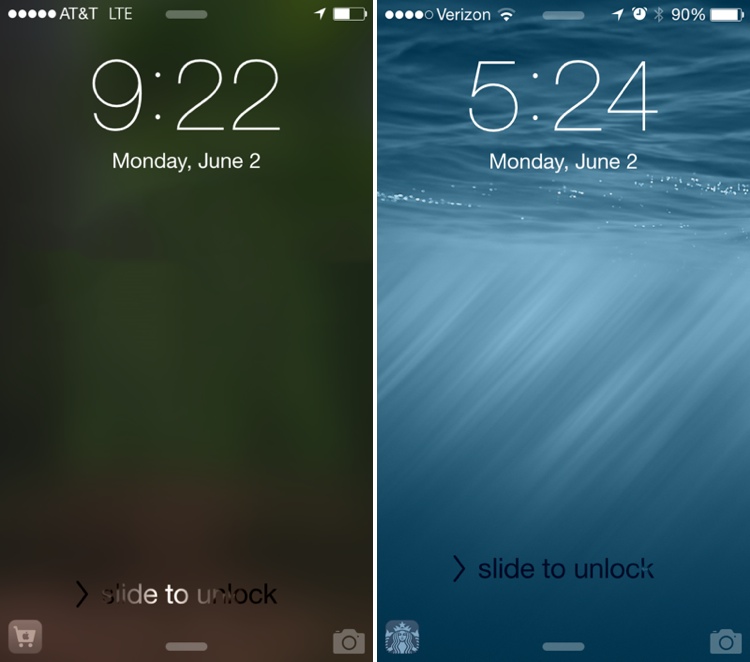Beacons are taking mobile to a new level. They are helping add location and context to mobile communications and therefore, delivering more relevant information to consumers. What does this mean? More useful information, higher brand awareness and more innovative campaigns. These are some of the coolest beacon campaigns we have seen and worked on.
 Hillshire Brands showed everyone how to increase sausage sales. Consumers who had the Epicurious or Key Ring apps received branded notifications from Hillshire when they were in supermarkets that work with the apps. There were also banner ads for the sausages within the app. The results? Purchase intent increased 20 percent and brand awareness increased 36 percent.
Hillshire Brands showed everyone how to increase sausage sales. Consumers who had the Epicurious or Key Ring apps received branded notifications from Hillshire when they were in supermarkets that work with the apps. There were also banner ads for the sausages within the app. The results? Purchase intent increased 20 percent and brand awareness increased 36 percent.
The Melbourne Writer’s Festival worked with us to put together a choose-your-own-adventure storytelling app using beacons and it was one of our favorite campaigns to date. Consumers could walk through the city listening to original short stories that referenced places and landmarks, and literally choose different endings based on the direction they walked. Check out the video here.
Lord & Taylor, Hudson Bay, Walgreens & Duane Reade are all testing pilot programs with beacons in store. Lord & Taylor and Hudson Bay stores are sending notifications based on where shoppers are within the store, giving a more personalized flair.
Last, a number of airports have introduced beacons to make traveling more easy. Passengers can receive notifications on the status of their flight, gate changes and look up nearby shops and eateries.
In addition to these innovative uses, we have seen and read about a lot of beacon scavenger hunts at conferences and in-store promotions.
What are some of your favorite beacon campaigns?

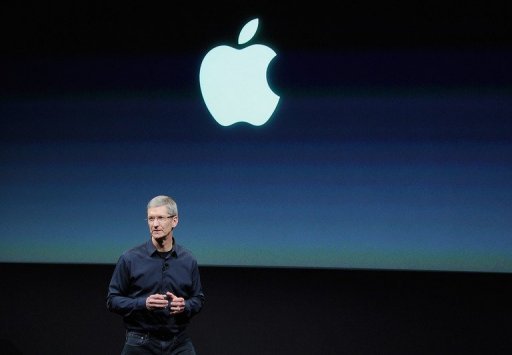
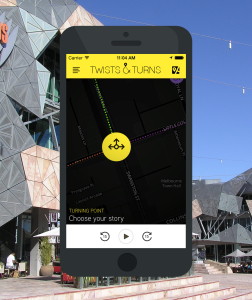
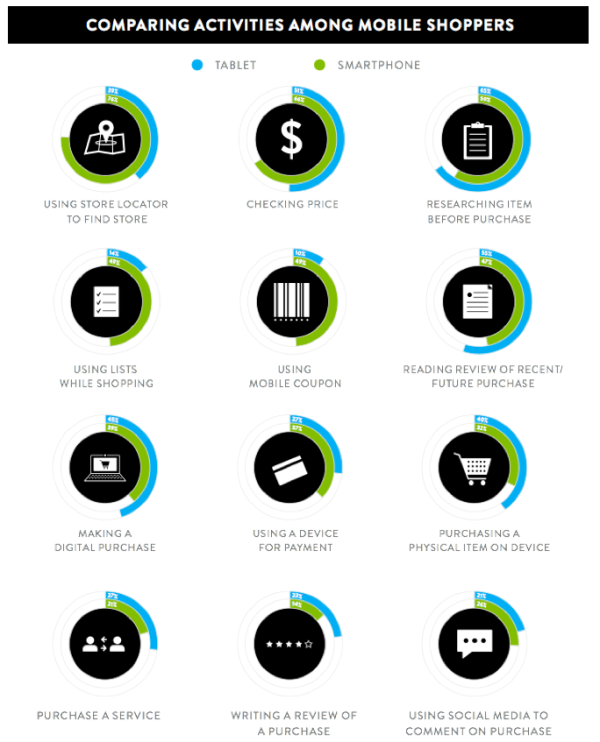
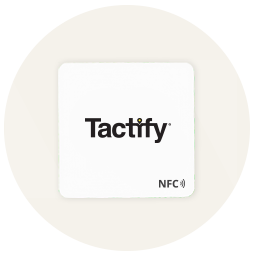


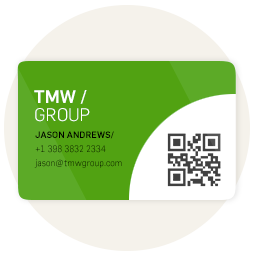
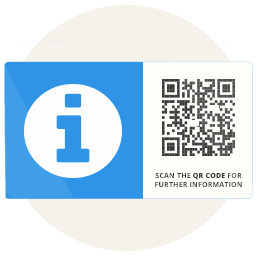
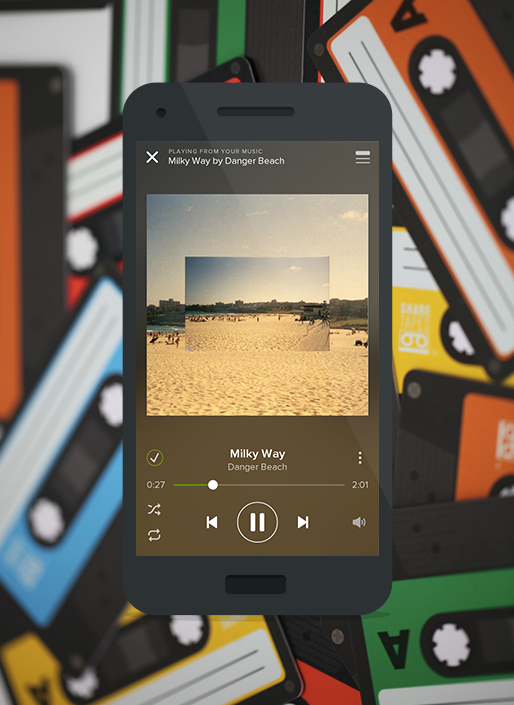
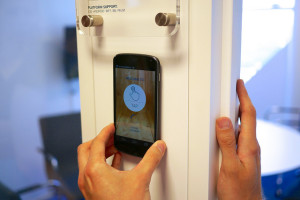
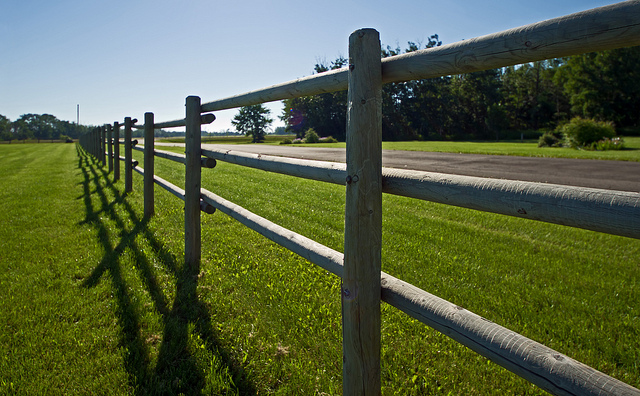 Brands are embracing
Brands are embracing 

